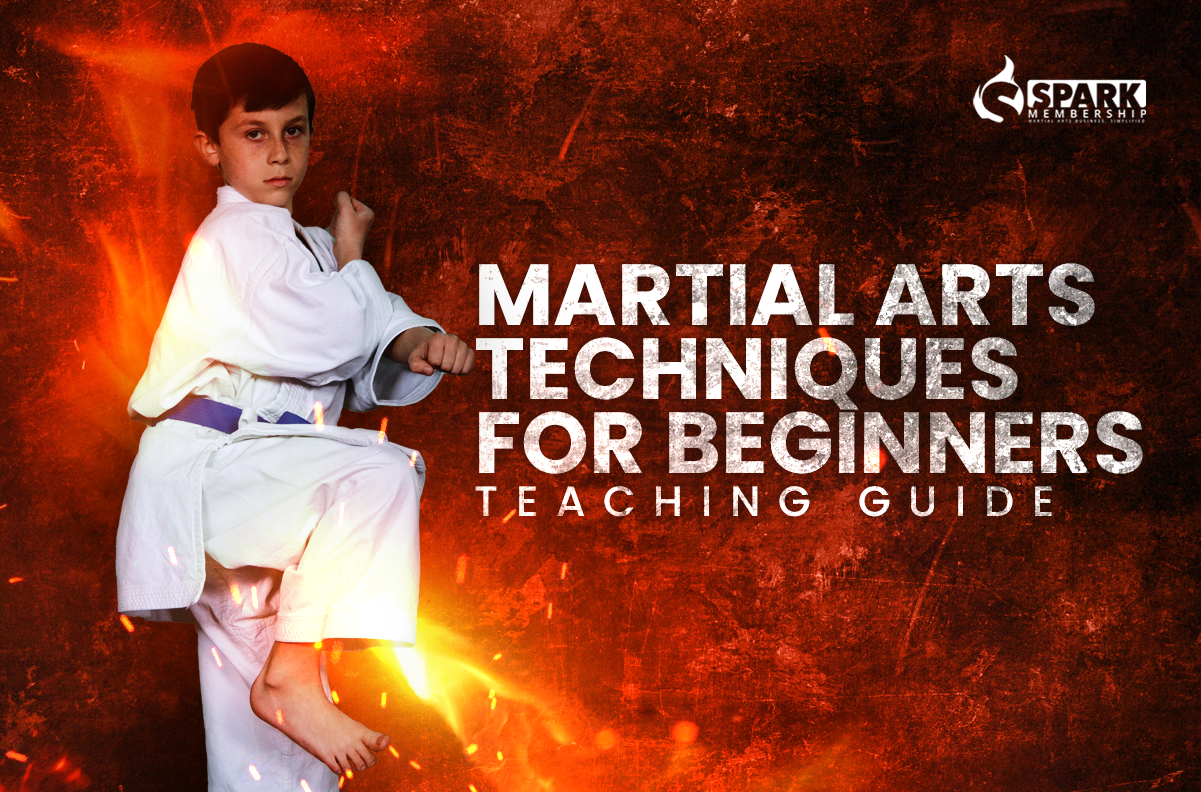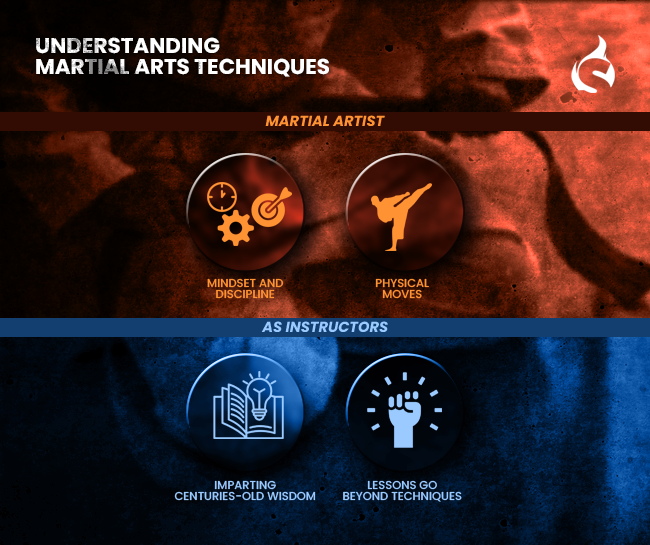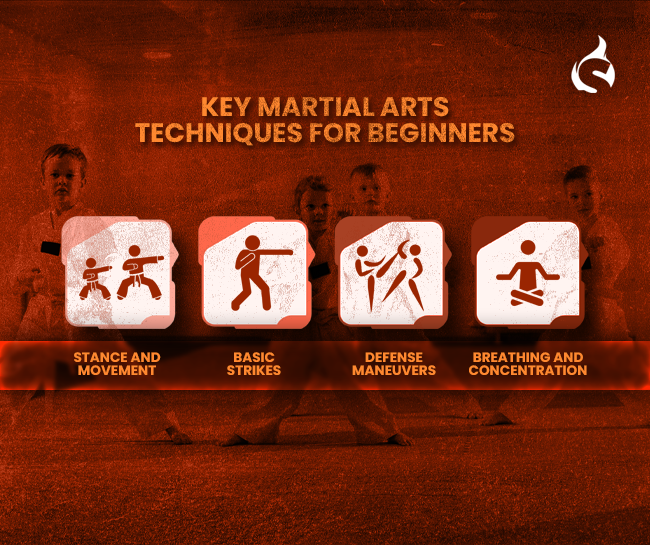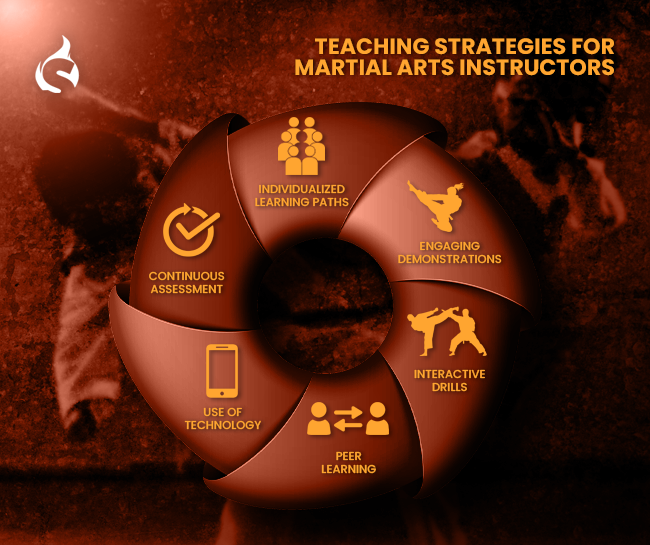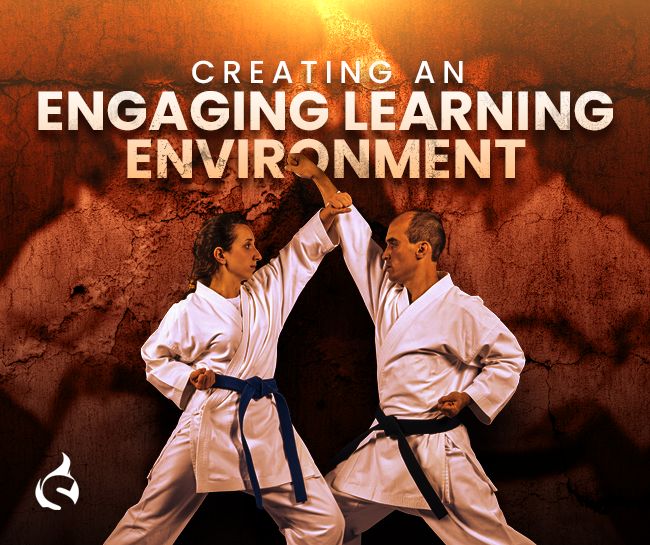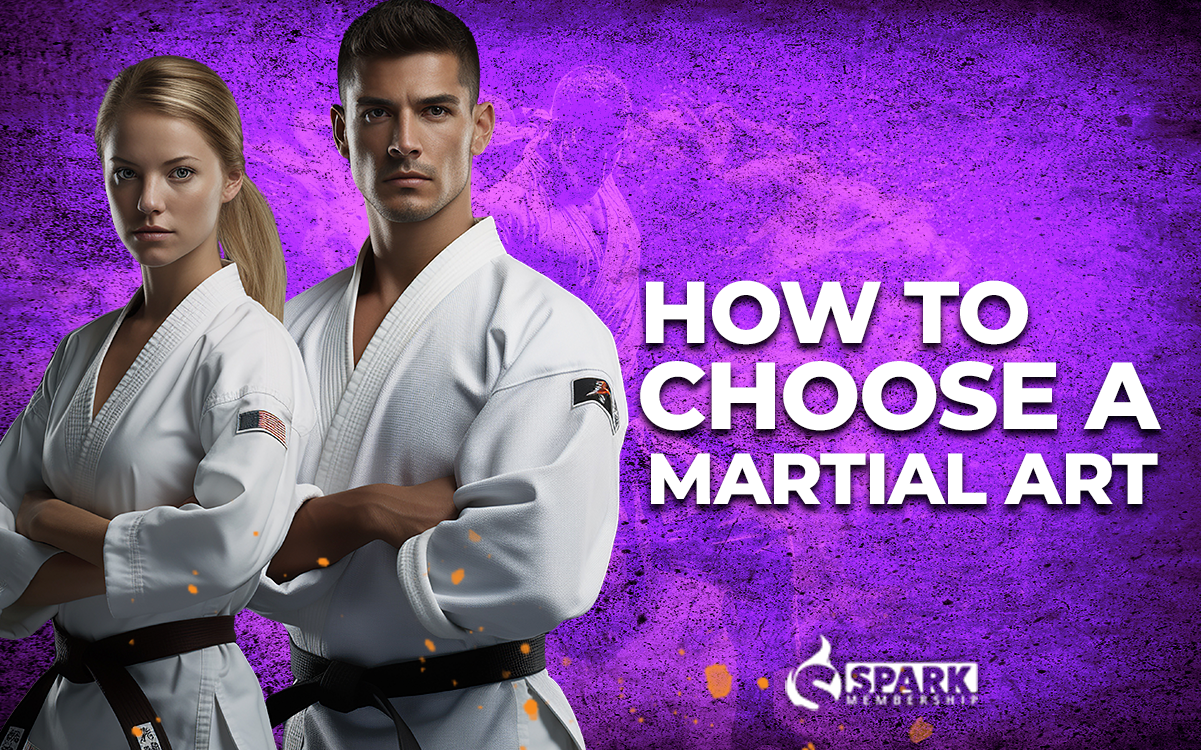
Starting a martial art is about matching it to your interests and life. Ask yourself what you’re after: fitness, self-defense, or maybe discipline? Think about the time and effort you can invest. It’s also crucial to feel good about where you learn and who teaches you. The best way to choose is to dive in and try a class.
Understanding Different Martial Arts
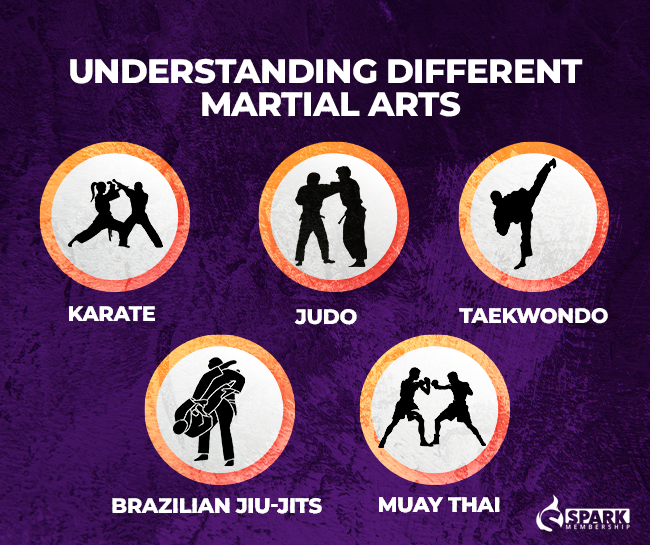
The world of martial arts is vast, each style with its unique philosophy, techniques, and benefits. Here’s a brief overview of some popular martial arts:
- Karate: Originating from Japan, Karate focuses on striking techniques, such as punching, kicking, knee strikes, and elbow strikes. It emphasizes self-discipline, respect, and a non-violent attitude.
- Judo: Also from Japan, Judo is a grappling martial art that stresses throws and takedowns, aiming to subdue an opponent without striking.
- Taekwondo: This Korean martial art is known for its emphasis on high kicks and rapid foot movements, fostering physical fitness and agility.
- Brazilian Jiu-Jitsu (BJJ): BJJ focuses on ground fighting and submission techniques, teaching how to control and force an opponent to submit without the need for strikes.
- Muay Thai: Hailing from Thailand, Muay Thai is known as “The Art of Eight Limbs” because it utilizes punches, kicks, elbows, and knee strikes, making it a powerful stand-up striking art.
💡 Each martial art offers something unique, whether it’s the discipline and striking of Karate or the grappling finesse of Brazilian Jiu-Jitsu. Understanding these differences is key to choosing the right path for you.
Assessing Your Goals and Needs
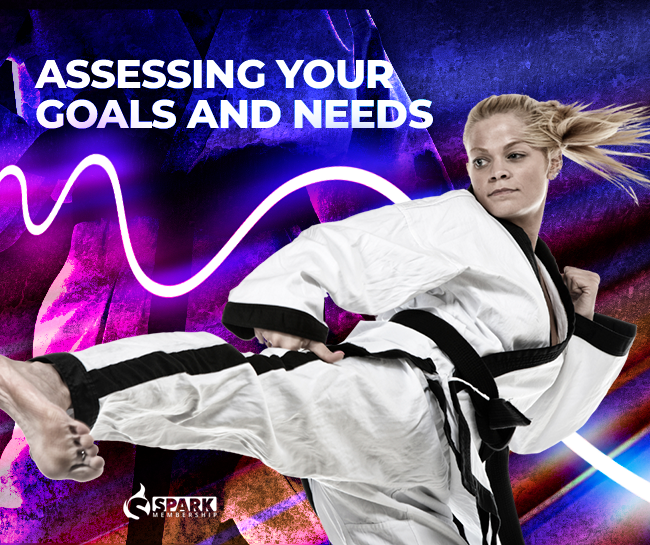
Assessing your goals and needs is a critical step in choosing the right martial art. It’s all about understanding what you’re looking to achieve and how it aligns with your lifestyle. This process ensures that you pick a martial art that not only meets your interests but also fits seamlessly into your life. Consider these questions to help you evaluate your goals and needs:
- What’s my main motivation? (Fitness, self-defense, discipline, competition)
- How much time can I commit each week?
- What physical intensity level am I looking for?
- Do I prefer individual or group training environments?
By asking yourself these questions, you’ll gain clarity on which martial art could be the best match for you.
Physical and Time Commitment

Consider the physical demands and time commitment of each martial art. Some styles, like Muay Thai and Brazilian Jiu-Jitsu, can be physically demanding and may require frequent training sessions to progress. Assess your current physical condition and how much time you can realistically dedicate to training each week. This will help narrow down the martial arts that best fit your lifestyle.
Finding the Right School or Dojo
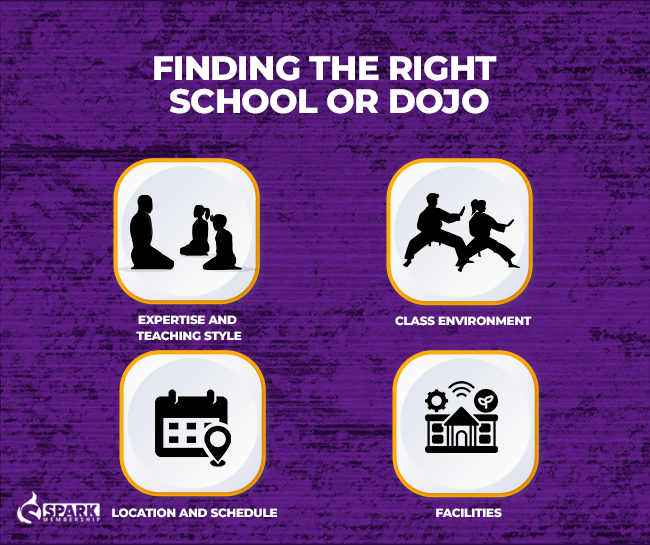
Finding the right school or dojo is just as important as choosing the martial art itself. The environment, instructor, and community can significantly influence your learning experience and overall enjoyment. It’s essential to select a place that feels welcoming and aligns with your learning style and goals. When looking for the perfect school or dojo, consider these factors:
- Instructor’s expertise and teaching style: Is the instructor qualified and do their teaching methods resonate with you?
- Class environment: Does the class atmosphere feel supportive and encouraging?
- Location and schedule: Is the school conveniently located and are the class times compatible with your schedule?
- Facilities: Are the training facilities well-maintained and suitable for your needs?
💡 Taking the time to visit and try out a class can give you a good feel for whether a school or dojo is the right fit for you.
Choosing a martial art is a personal journey that starts with understanding your goals and finding the right place to learn. It’s about what fits your lifestyle, excites you, and meets your needs. So, take that first step, try a class, and embark on a rewarding path that could transform your life. Welcome to the world of martial arts – your adventure begins here!
Enhance your Martial Arts School with “Martial Arts Techniques for Beginners“! Discover crucial techniques and strategies while efficiently managing your school using Spark Membership Software. Empower growth, boost member numbers, and enhance member loyalty. Let’s reclaim your time and love for the game!
